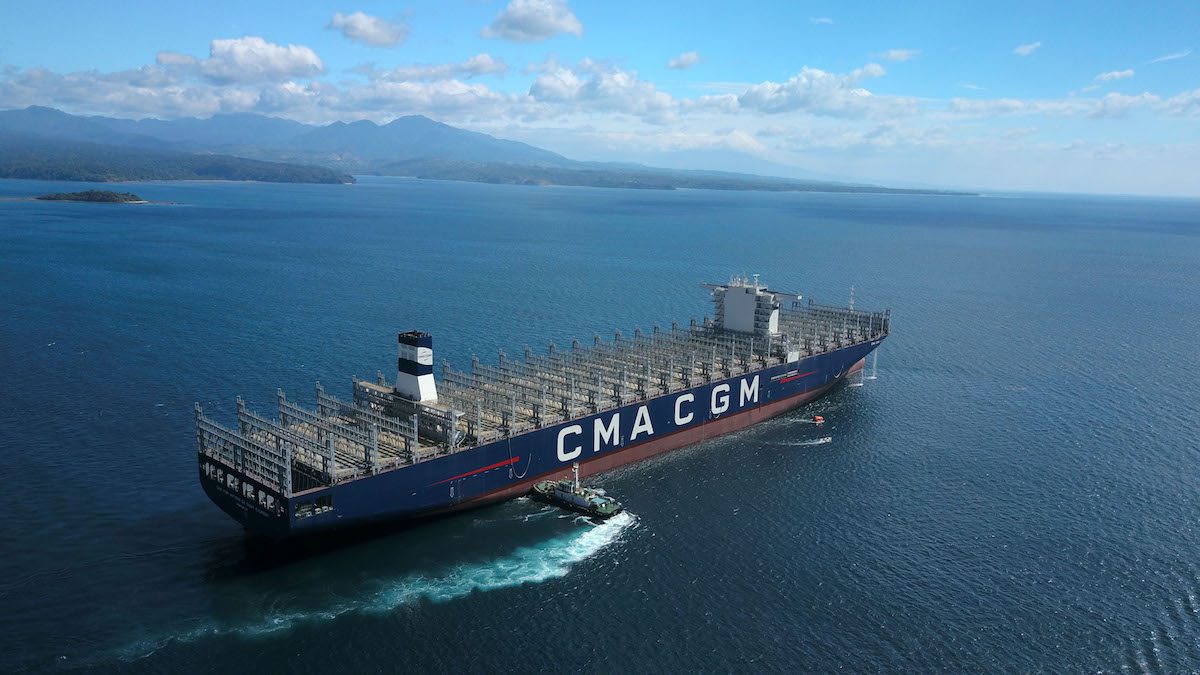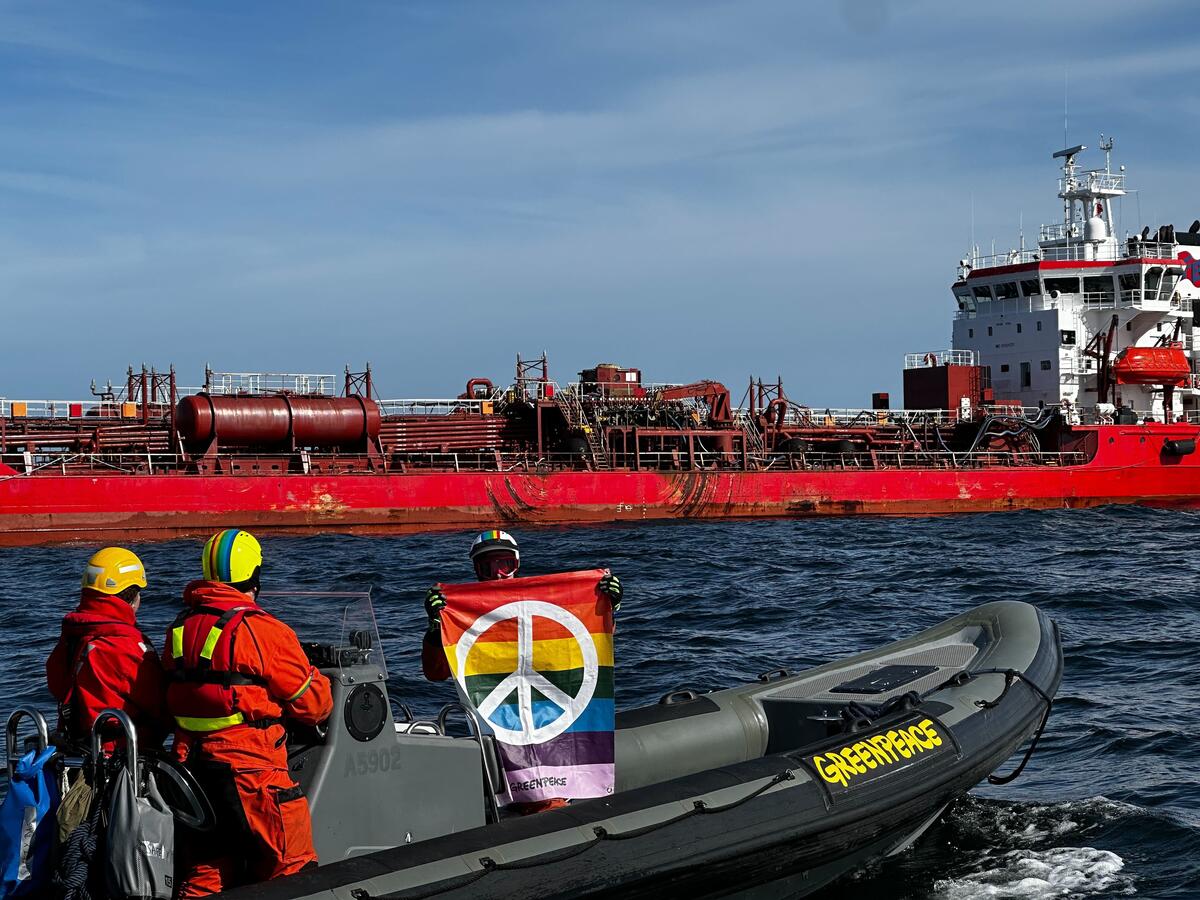CMA CGM ANTOINE OF SAINT EXUPERY. Photo credit: CMA CGM
By Mike Wackett (TheLoadstar) The new CMA CGM Antoine De Saint Exupery, delivered on Friday, will burn up to 25% less fuel due to its technologically advanced engine and optimised water distribution propeller system.
The new 20,600 teu flagship of the French carrier was constructed by Hanjin Heavy Industries and Construction (HHIC) in the Philippines and is the largest ship ever built in the country.
(Interestingly, HHIC’s headquarters are in Busan, South Korea, where shipyards continue to suffer from a fall in demand and tougher competition, particularly from China’s state-owned yards.)
The Becker Twisted Fin duct system improves the effectiveness of the propeller at differing speeds and sea conditions, and has also been fitted or retro-fitted to a number of container vessels, including Hamburg Süd’s newest Santa-class vessels.
Even with slow-steaming, a 20,000 teu vessel will consume some 250 tonnes of heavy fuel oil (HFO) a day while at sea. With the price of Brent crude hitting $70 a barrel – its highest point since mid-2015 – the cost of HFO bunkers has risen to around $375 per tonne, compared with $300 a year ago.
Thus, if the operation of the CMA CGM Antoine De Saint Exupery meets expectations, the fuel bill, based on current prices, will be around $70,000 a day, compared with $94,000 a day for a similar ship without the efficiencies.
This saving will make a significant difference to the financial result of a voyage, and with the vessel entering service on 6 February on CMA CGM’s FAL 1 Asia-North Europe loop, within the Ocean Alliance, the vessel’s unit costs will be highly competitive.
Many analysts see rising fuel costs as a greater threat to carrier profitability than overcapacity. Hapag-Lloyd chief executive Rolf Habben Jansen called the hike in bunker costs “the biggest risk factor” going forward.
In theory, carriers have the mechanism to pass on the rising cost of fuel to shippers in the form of bunker adjustment factors (BAFs), but in practice there is a delay of around three months before carriers receive compensation, by which time prices may have climbed further. Moreover, many long-term contracts with shippers are agreed inclusive of BAFs.
It is not only the rise in the price of fuel that is worrying carriers, but also the switch to more expensive low-sulphur fuel oil (LSFO) in less than two years’ time.
From 1 January 2020, ships will be required to bunker with LSFO or be fitted with exhaust gas cleaning systems, known as scrubbers. The price of LSFO is currently around 64% higher than HFO, at some $615 per tonne. If the new IMO regulations were implemented today, this would destroy the balance sheets of even the healthiest liners.
Meanwhile, despite its fuel-efficient new flagship, CMA CGM is hedging its bets by specifying that ordered 23,500 teu ‘megamax’ ships be equipped to be powered by considerably cheaper, and cleaner, LNG fuel.
Unlock Exclusive Insights Today!
Join the gCaptain Club for curated content, insider opinions, and vibrant community discussions.

 Join The Club
Join The Club













